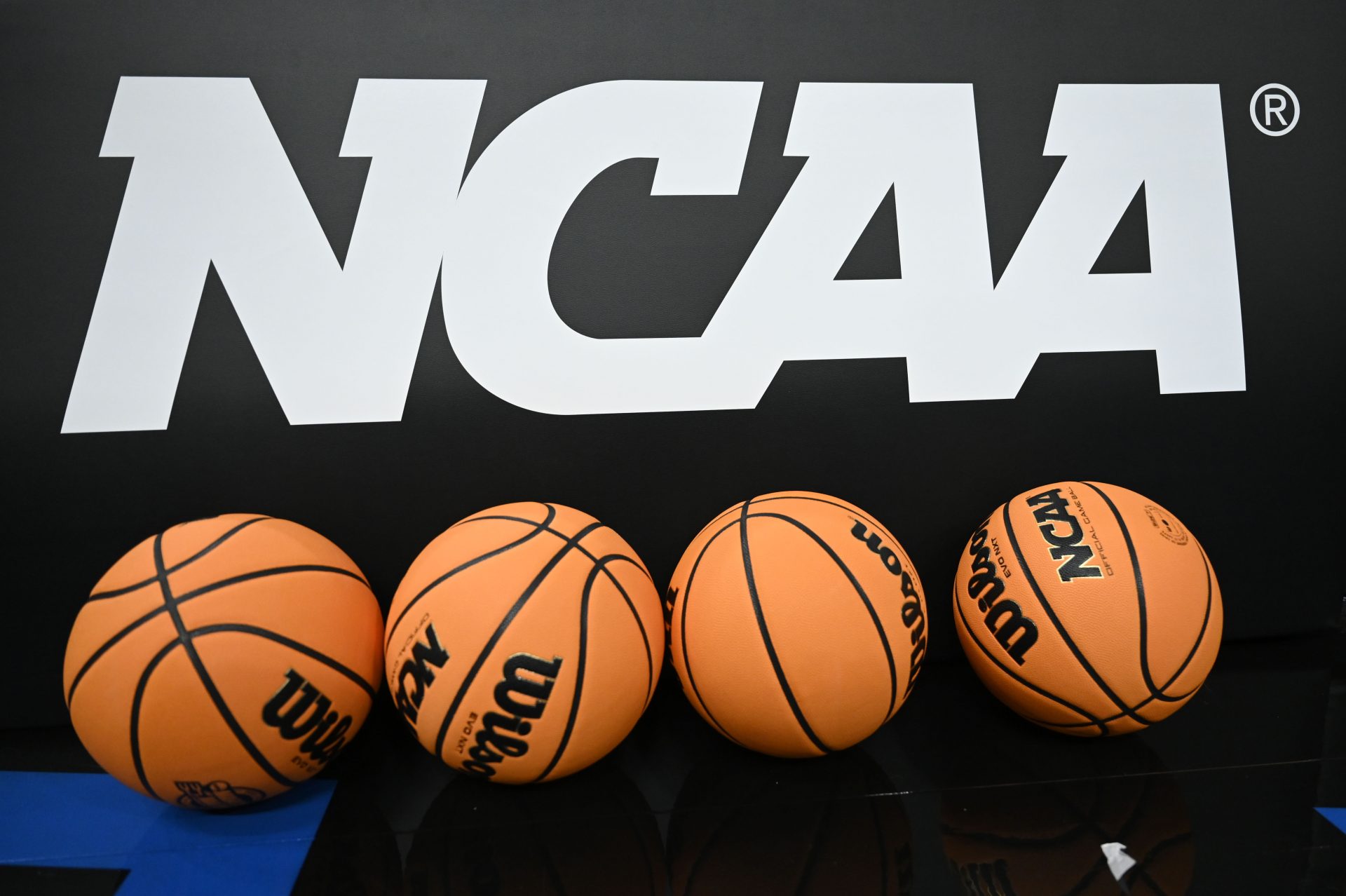The House v. NCAA lawsuit is poised to transform college athletics forever. In May 2024, the NCAA and power conferences agreed to a historic $2.8 billion settlement to resolve claims that the organization violated antitrust laws by restricting athletes’ earning money from their name, image, and likeness.
But this isn’t just a payout—it’s the foundation for a new revenue-sharing model that could see schools directly paying athletes as early as 2025. If approved by Judge Claudia Wilken, who has ruled against the NCAA in previous lawsuits, this settlement could end amateurism as we know it.
College Sports Still In Limbo As House vs. NCAA Deadlines Approach
Although the college sports world is ready to start working on the new framework, Judge Wilken has not yet given her final approval. She indicated the replacement of the initially proposed model of scholarship limits with another, the so-called ‘roster cap’.
Representatives from the NCAA and the Power Conferences revised the proposal and resubmitted it to Judge Wilken on May 16. On Monday, it was made public that all parties had approved an extension of the deadline to Friday, June 27.
This is just three days before the estimated start date of the new revenue-sharing system. Without final approval, the situation for the next season is unclear.
College sports remain in limbo with no House settlement approval. Schools are set to begin paying rev share to athletes in 29 days. https://t.co/GsoBFxpt6Q
— Pete Nakos (@PeteNakos_) June 3, 2025
The case began in 2020, when former Arizona State swimmer Grant House and former journeyman women’s basketball player Sedona Prince filed a class-action lawsuit against the NCAA. Their argument was simple:
- The NCAA’s restrictions on NIL earnings before the NCAA allowed NIL deals deprived athletes of millions in potential revenue.
- The NCAA’s rules violated federal antitrust laws by artificially capping athlete compensation.
The lawsuit expanded to include thousands of current and former athletes who missed out on NIL money due to the NCAA’s old rules.
Key Developments In House vs. NCAA Lawsuit
In a court case as complicated and convoluted as this, it can be challenging to understand all of the intricate details. Let’s look at some of the biggest “storylines” occurring during this massive case that could impact college sports as we know them.
Judge Wilken’s Influence & History With the NCAA
Judge Claudia Wilken, who previously ruled against the NCAA in O’Bannon v. NCAA (2014) and NCAA vs. Alston (2021), oversaw the case.
Her past decisions set the stage for this lawsuit, as she had already established that the NCAA’s amateurism rules were anti-competitive.
The NCAA’s Weakening Defense
The NCAA argued that its rules were necessary to preserve amateurism and competitive balance. But after Alston, where the Supreme Court unanimously ruled against the NCAA, the legal tide had turned.
U.S. Supreme Court Justice Brett Kavanaugh even wrote a blistering concurrence back in 2021, suggesting the NCAA’s model was “flatly illegal” under antitrust law. He even said the NCAA is “not above the law.”
Power Conferences Have Gotten Involved
By 2024, the Big Ten, SEC, Big 12, ACC, and Pac-12 joined settlement talks, recognizing that fighting the lawsuit could lead to even more financial liability. The fear? A potential $20 billion in damages if the case went to trial and the NCAA lost.
Potential Outcomes
The most immediate outcomes of this case will be the $2.8 billion in back pay for athletes who missed NIL opportunities before 2021, and a future revenue-sharing model (estimated at $20.5 million per school annually) allowing direct payments to athletes.
The settlement will likely effectively end the NCAA’s long-standing amateurism model. Schools will soon be able to pay players directly, turning top programs into de facto professional teams.
RELATED: Analyst Blames College Football for NCAA President. Charlie Baker’s March Madness Expansion
Starting as early as 2025, schools could distribute millions per year to athletes. The exact structure is still being negotiated, but it will likely resemble a salary cap system, with each school deciding how to allocate funds.
Football and basketball players at power-conference schools, are expected to be the student athletes benefiting most from this potential result. However, non-revenue sports athletes and smaller schools will struggle to afford the new model.
This could include smaller schools without as much money — including schools like basketball “mid-majors” and football “FCS schools” struggling to retain top talent. THis could also be seen at the “power conference” level for athletes on lower-earning sports, such as baseball, women’s basketball, gymnastics, and more.
Regardless of the court ruling, one thing is certain — college sports is about to look a whole lot different.
College Sports Network has you covered with the latest news, analysis, insights, and trending stories in college football, men’s college basketball, women’s college basketball, and college baseball!


